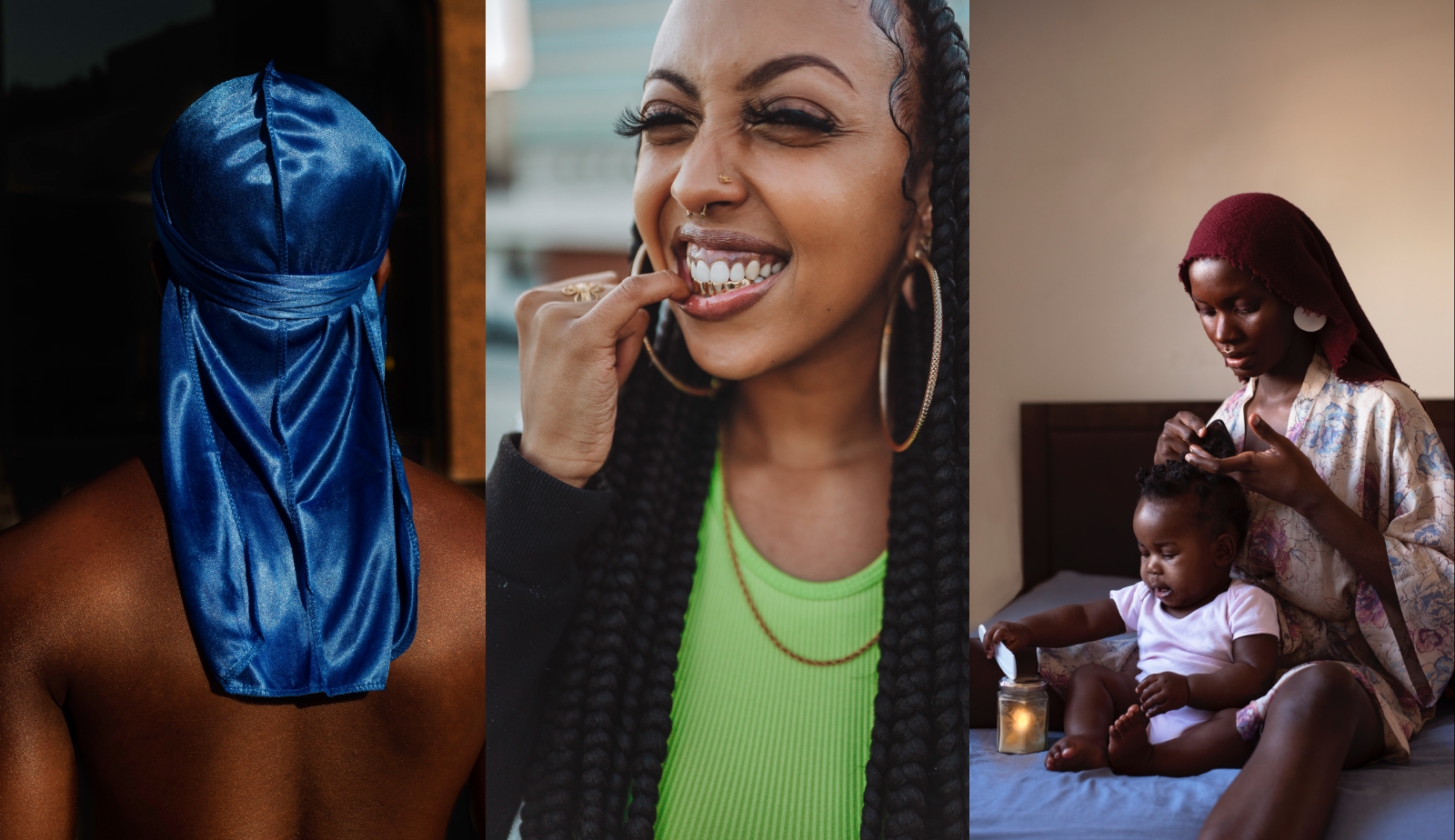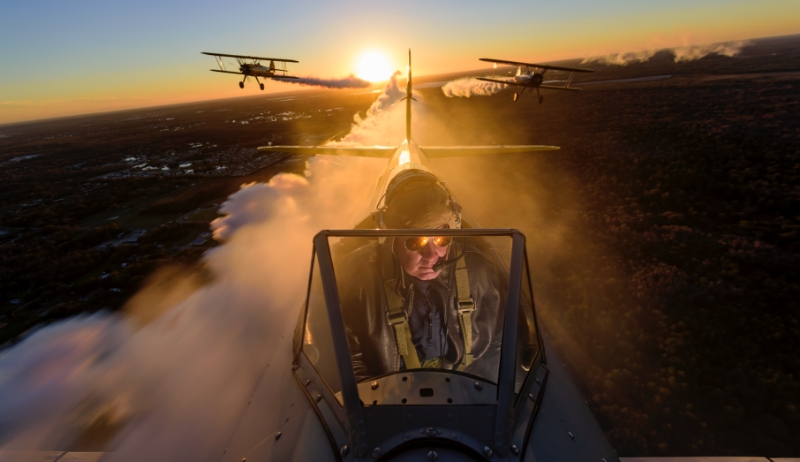Three Black photographers who explore the world through color
There is a reason we don’t see the world in black and white. Colors are an integral part of how we experience life and how we communicate. For a photographer, colors are another tool to set a mood and help tell a story, and getting them right can make or break an image. In celebration of Black History Month and the role color plays in our lives, we spoke to three photographers, who are all part of the Black Woman Photographers collective, about their work and how they explore their subject matters with color. Daniella Almona For a photographer, understanding color is just as important as understanding composition and angles. At least to Lagos-born, Atlanta-based photographer Daniella Almona. With her portraits, she works to highlight blackness in all forms and plays with highly saturated colors in backdrops, props, clothes, and make-up to bring out her subjects’ features. With lush reds, warm oranges, and velvety blues drawing the viewer into the frame, she elicits emotion in both her subjects and audience. “The way colors interact with …



